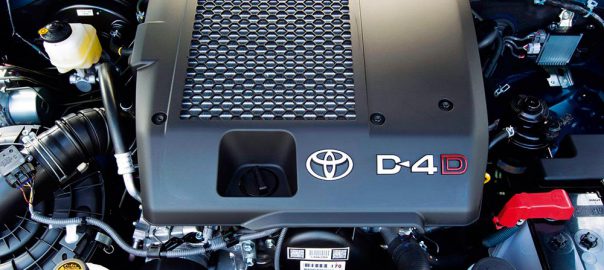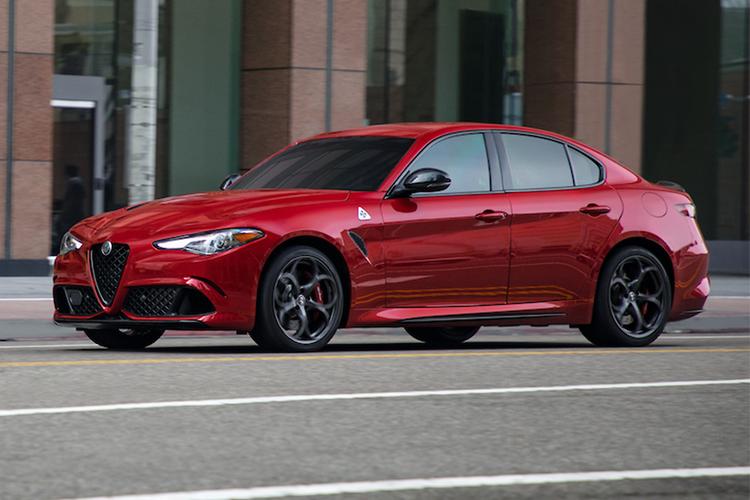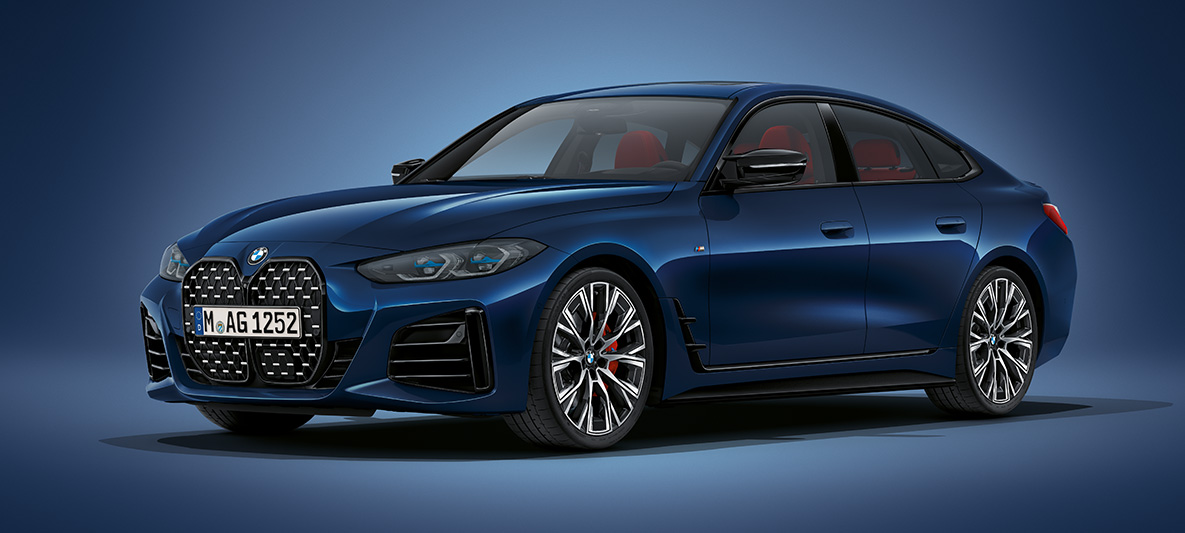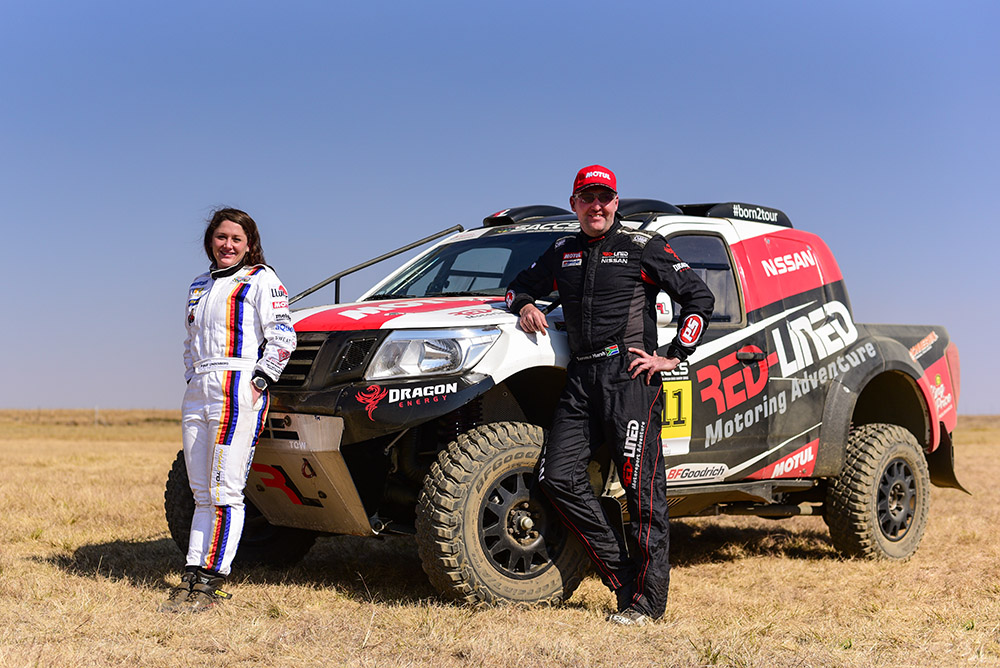A diesel Hilux is an extremely popular second-hand buy, but which is the better option: the sixth-generation KZ-TE or the seventh-generation D-4D?
The Toyota Hilux has a well-deserved reputation for reliability. It is, for the most part, a very rough and robust vehicle. That said, every older vehicle will have its niggles and idiosyncrasies.
The Hilux KZ-TE
This is especially true of the sixth-generation Hilux with the KZ-TE motor, which is the first vehicle we’ll look at. The biggest problem with any KZ-TE Hilux is the fact that it’s probably at least 15 years old by now, and any vehicle that long in the tooth is going to have some niggles. It’s also worth remembering that the comfort, handling and perform-ance of a 15-year-old Hilux is far more workhorse/LCV than we’re used to today. The sixth-generation Hilux is far more basic and less refined than the latest model. It’s not impossible to live with, but it demands a bit of a mind shift.
Now let’s talk about that KZ-TE engine. It is a three-litre oilburner that (when new) develops 85kW of power and 315Nm of torque. It is a solid engine that played a big part in popularising oilburners locally. Before this, petrol power plants really were the norm. For the most part, it is a reliable power plant, but it has to be mentioned that some owners have experienced head gasket issues, specifically associated with overheating. In order to prevent this, you need to handle it with a bit of care, as issues tend to arise mostly when the KZ-TE is flogged too hard. Drive it too aggressively, and you’ll run into trouble. Instead, keep the revs low (around 2 500r/min) and accept that you’ll be travelling around 100km/h. You should also replace the oil frequently (every 5 000km, or so).
The Hilux D-4D
Let’s now look at the three-litre D-4D engine. Firstly, it’s more powerful than the KZ-TE, pushing out 120kW of power and 343Nm of torque. While it might be more powerful than the KZ-TE, the D-4D is fortunately not too highly stressed. Like it’s predecessor, it is a robust and reliable engine. There are plenty of D-4D’s running around with more than 200 000km on the clock. But there are some issues to be aware of. The D-4D seems quite vulnerable to bad fuel, which can damage the injectors. If you buy a used Hilux with a D-4D engine, have the injectors checked, as replacing them can be quite pricey. The water pump is yet another common issue. Many owners have reported that they’ve had to replace the pump, but this is not a massively expensive exercise. As with any diesel engine, good maintenance is important. When shopping around, make sure that the vehicle was serviced regularly by the previous owner, and make sure that you do the same.
Used is used
As I’ve stated in a previous column, it’s important to remember that no used vehicle can be as smooth and reliable as a new one. Put 200 000km or more on the clock, and issues will arise. With the D-4D for example, you need to accept that there’s a decent chance that you’ll have to replace the injectors by the time it reaches 300 000km. Also, pay attention to the usual issues when buying used. Make sure the vehicle wasn’t involved in a serious accident. Look for a full service history. Check for rust. Inspect the vehicle’s underpinnings, including its suspension. Take it for a test drive, and be sure to check the transfer case and the diff lock. Lastly, I urge you to keep things in perspective when shopping for a used Hilux. Remember that there are thousands of these bakkies still running around. When you’re dealing with these volumes, issues can appear more prevalent then they actually are. You might find a bunch of owners complaining about turbo issues, for instance, but that’s because there are so many of these bakkies out there. Percentage-wise, it might actually be a small issue.
Text: Chris du Plooy








